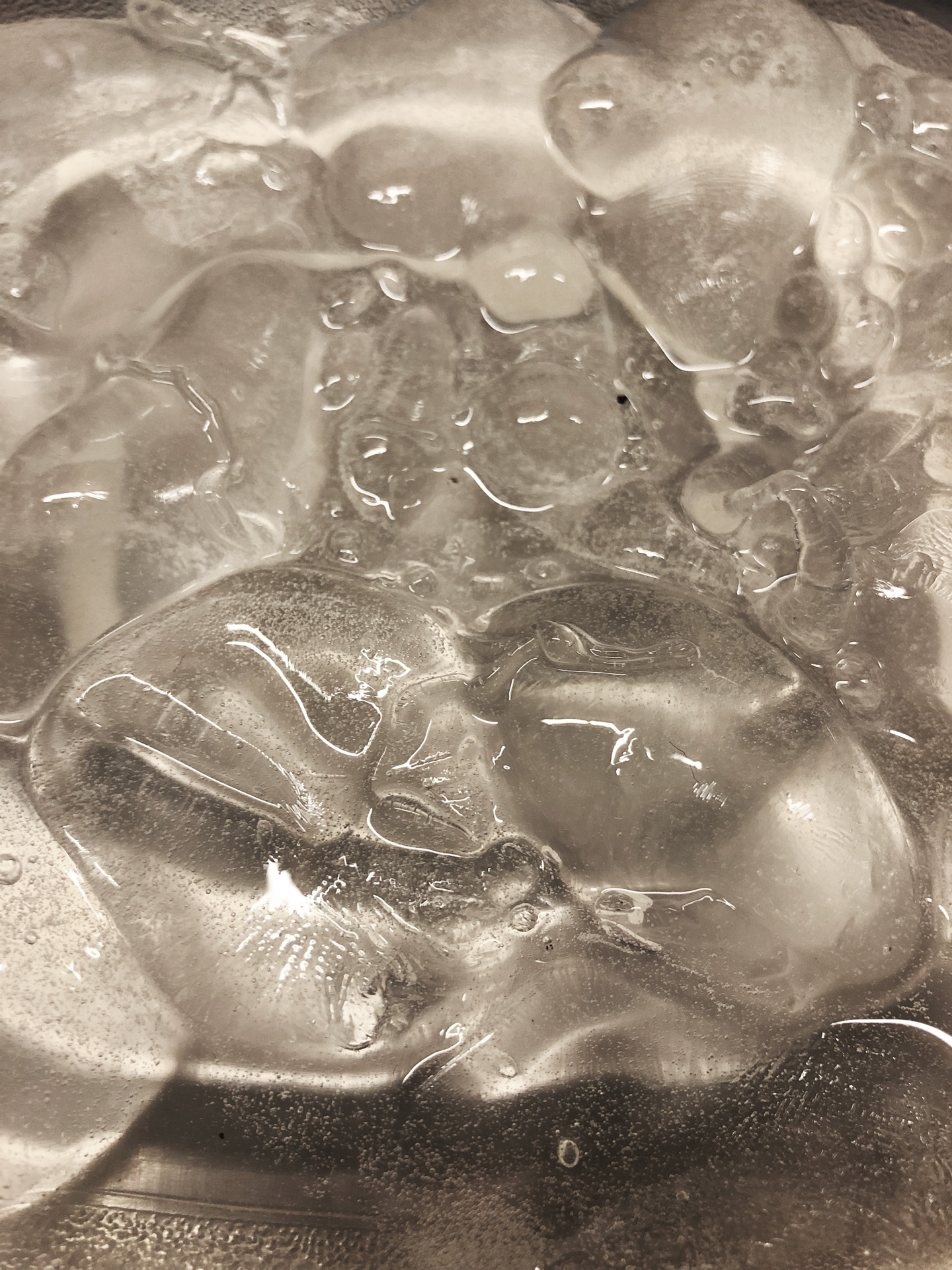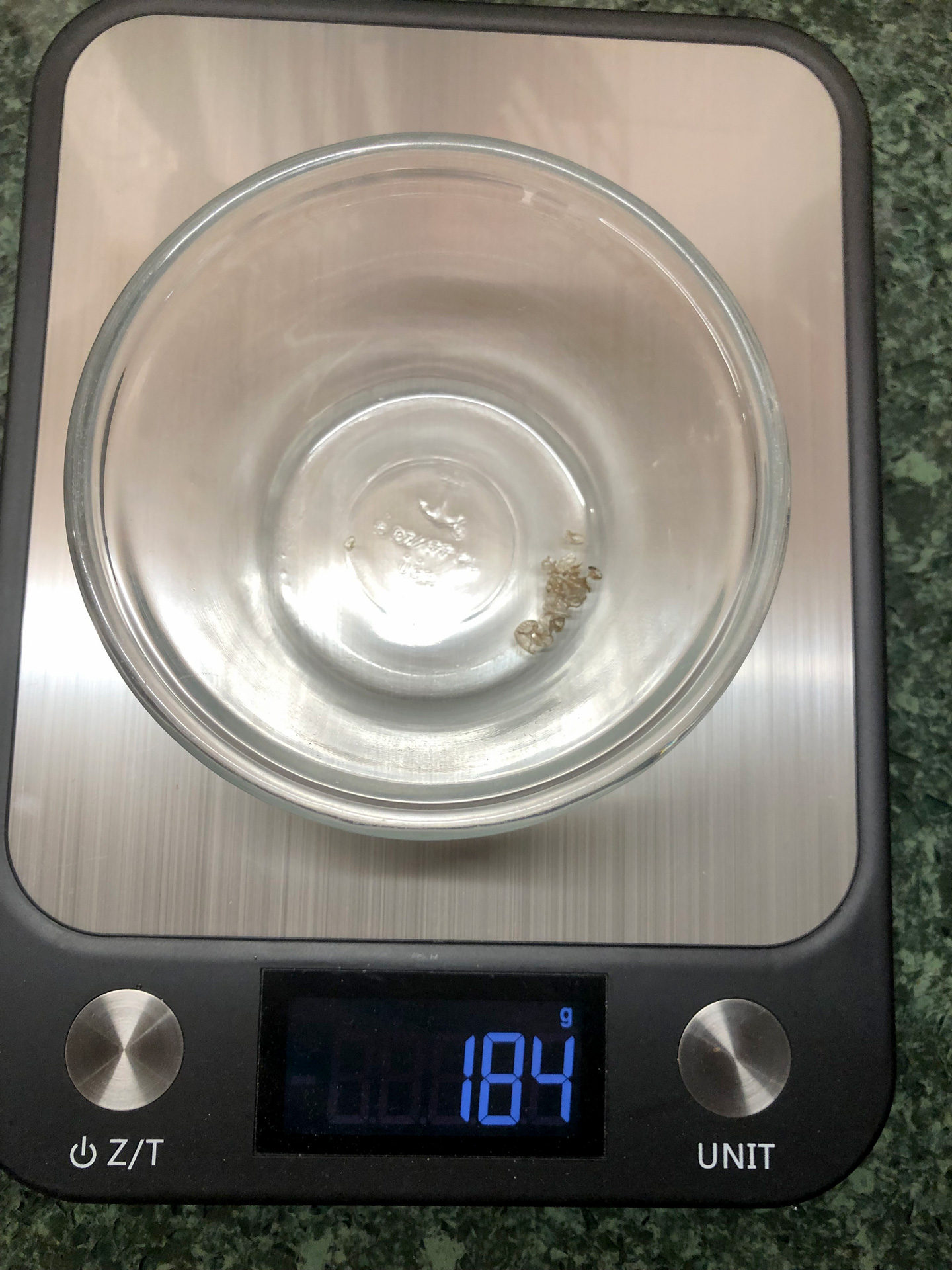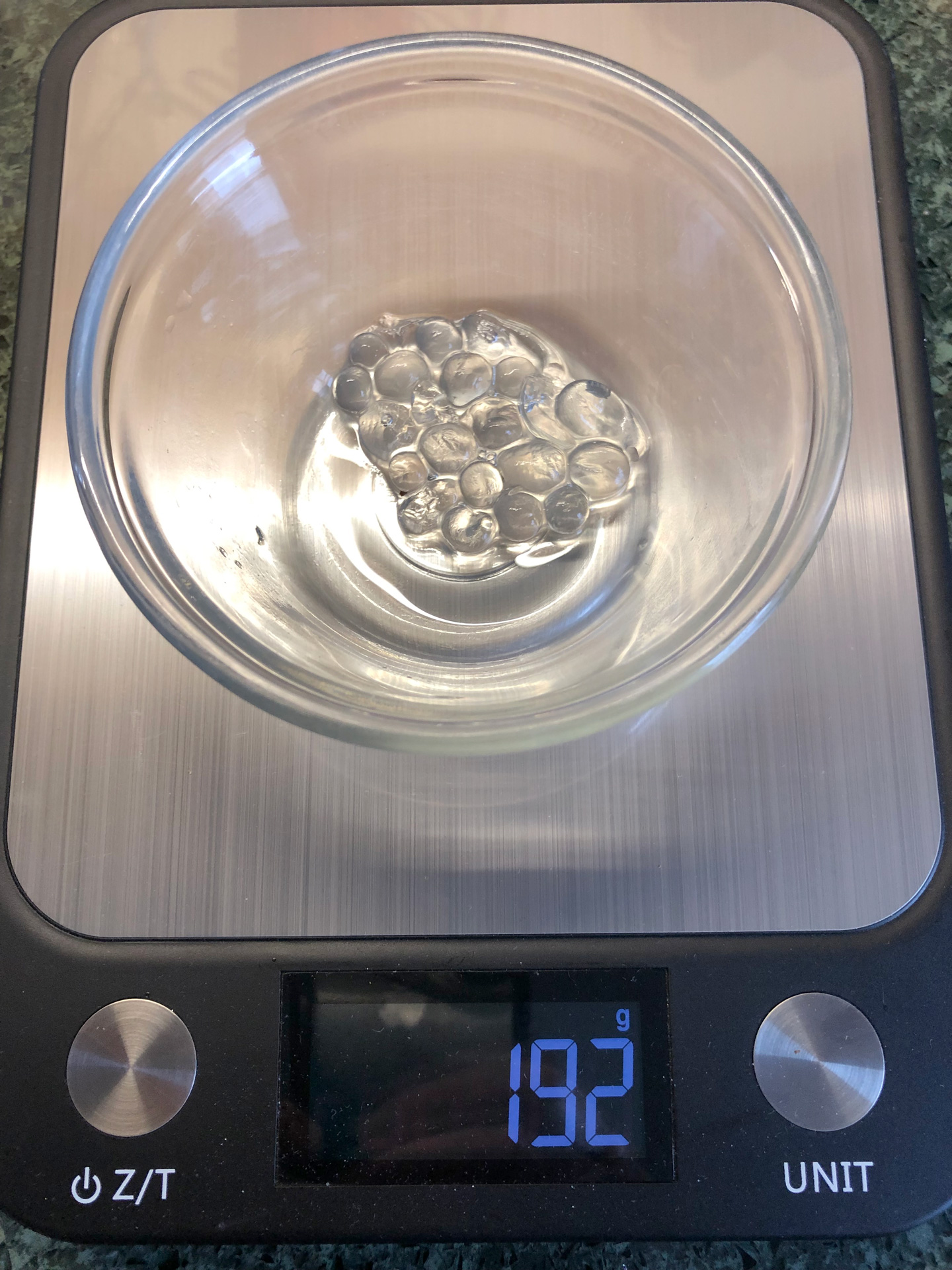Soft robotic swimmers are a type of robotic device designed to mimic the movements of aquatic organisms. The swimmer typically consists of a body, two or more appendages, a control system, and a power source that’s often external. The body shape and appendages are designed to produce hydrodynamic forces, allowing the swimmer to move and maneuver through the water. The control system uses sensors and algorithms to coordinate the movements of the body and appendages in order to achieve desired locomotion behavior.
Soft robotic swimmers are usually made of soft, flexible materials, such as silicone and rubber. However, we were interested in creating a soft robotic swimmer that could demonstrate the potential of a new kind of water-soluble biocomposite that we were developing as bio-based smart material actuators. The biocomposite is made of seaweed-based hydrogels encapsulated in a bioplastic skin. The final demonstration video is presented above … and, it moves!
The bioplastic component is a naturally occurring polysaccharide that’s produced from starch by the yeast-like fungus Aureobasidium pullulans. This bioplastic is a biodegradable, environmentally friendly material that’s derived from renewable resources. It’s non-toxic, non-allergenic, and non-carcinogenic. It’s also strong, flexible, and resistant to oil and grease.
Pullulan-based bioplastics readily dissolved in water (as seen in the video above), which makes them unsuitable for many applications; so they’re often considered inferior to more conventional plastics. In thinking about this, we considered how this material limitation might be turned into a benefit, by design.
The result was a new kind of bio-based smart material actuator, wherein the bioplastic dissolves in water, exposing dry hydrogel beads that would absorb water and expand like a muscle, causing some sort of movement.
Hydrogels are a type of absorbent material that can hold large amounts of liquid. They are composed of a network of polymer chains. When they absorb water, these networks become mostly composed of water molecules that are held together by the polymer chains, causing significant expansion in the material.
Seaweed-based hydrogels can swell up to several hundred times their original size (see images, below), so we made our hydrogel beads out of seaweed polysaccharides. The process involved depositing sodium alginate in calcium lactate, until the beads set. The video, above, shows some larger spheres being made, so that you can see them form.




For the actuator, we had to consider how slowly/quickly the bioplastic would dissolve, so that we could orchestrate a choreographed movement. We didn’t want all of the bioplastic to dissolve at the same time, otherwise we’d just get a lot of swelling that would not necessarily result in the movement of an appendage that’s attached to a body.
We considered including additive materials that can alter the bioplastic’s properties, allowing it to dissolve more quickly and completely in water. We also considered additives that can slow down dissolution and increase the bioplastic’s strength. In the end, we chose to just thicken the skin that encapsulates the hydrogel beads, as needed locally.
Still, we did find it necessary to balance the weight of the body in water. Some air was encapsulated in the main body (you can see bubbles emerging in the video at the top of this page); that helped it just barely touch the bottom of the container. A separate additive was also included in the body, as ballast. That’s the dark mass in the center.
The pullulan-based bioplastic for this project was presented at the 17th Venice Architecture Biennale in 2021, along with an assortment of other functional biomaterials that we had created. We are very grateful for the many organizations who supported our various biomaterial explorations that led to this work, including: the Architectural League of New York, the Defense Threat Reduction Agency, the New York State Council on the Arts, the NY State Legislature, NY Governor Cuomo, and especially the MacDowell. We love our champions! Without you, this kind of work would be all the more difficult. Thank you.
